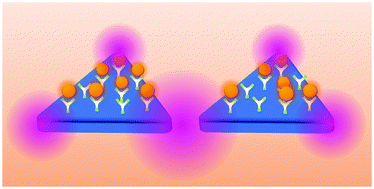Plasmonic triangular nanoprism sensors
Abstract
When light impinges on metallic nanostructures, the free electrons oscillate in resonance with the incident light, producing intense scattering and absorption, which is called the localized surface plasmon resonance (LSPR). The electromagnetic field in the immediate vicinity within several nanometres from the surface of the nanostructure can be greatly enhanced. As the LSPR is sensitive to a variety of parameters of and around the nanostructures, the changes in one or more of the parameters can be exploited for sensing purposes. Au and Ag triangular nanoprisms have a number of advantages as LSPR-based sensor materials. This review article outlines the physics behind LSPR sensors, properties of nanoprisms, chemical and photochemical preparation of Au and Ag nanoprisms as well as nanosphere lithography, and finally, research studies on sensor applications. The sensor applications are categorized according to sensing mechanisms: (i) sensors based on refractive index changes, (ii) sensors based on etching, (iii) sensors based on aggregation, (iv) sensors utilizing luminescence enhancement effects and (v) sensors utilizing photothermal conversion. Finally, the review is concluded with outlooks and challenges.



 Please wait while we load your content...
Please wait while we load your content...